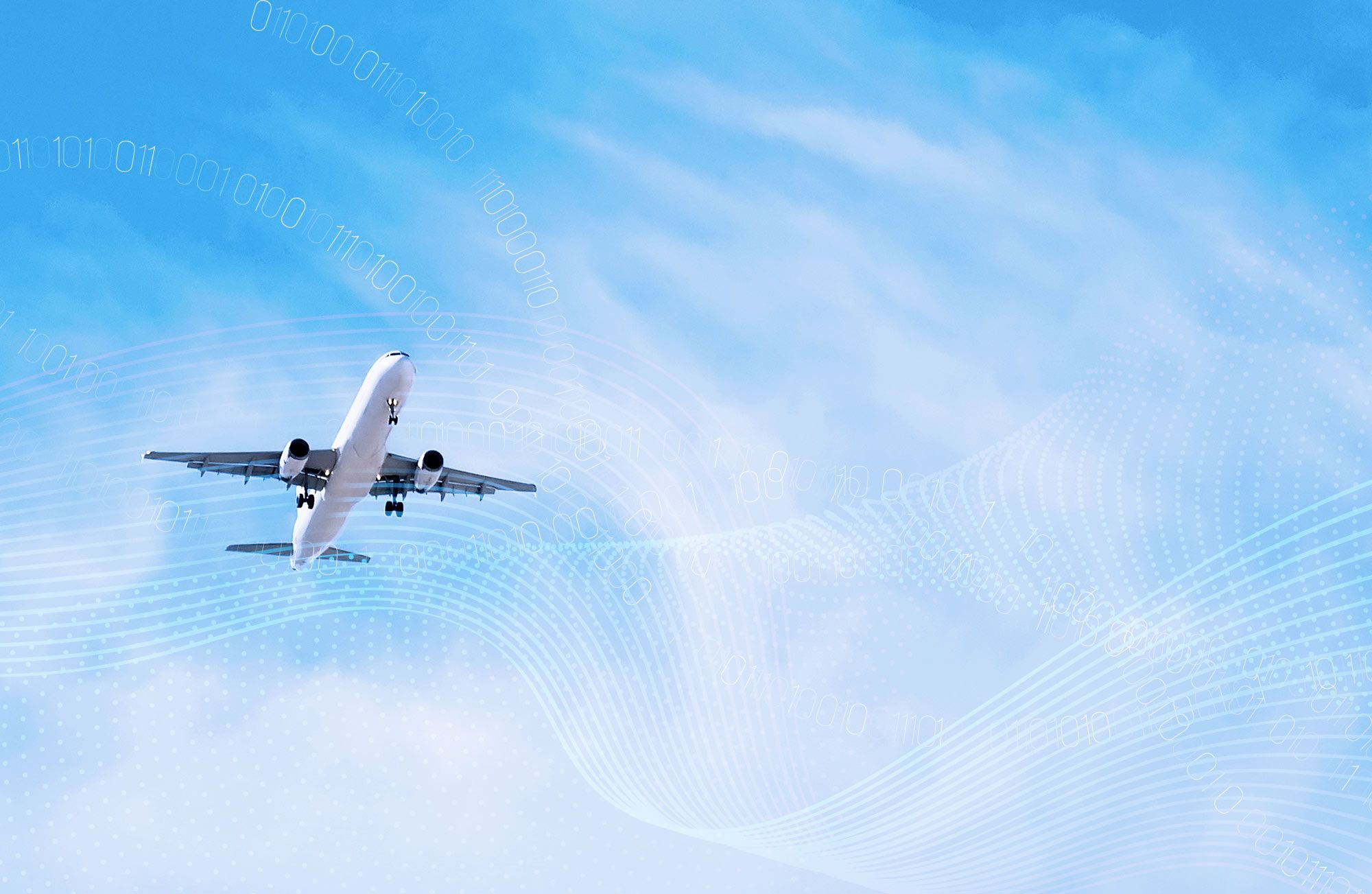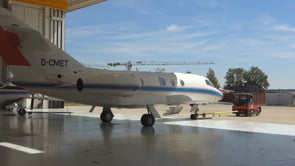
LDACS
The digital revolution is here
LDACS (L-band Digital Aeronautical Communication System) is a high-throughput terrestrial datalink that will provide additional bandwidth and high performance for air-ground connectivity. It offers one of the most promising and realistic options for digital transformation of this part of the aviation sector and will fit into the evolving roadmap for aviation data infrastructure.
Overcoming bottlenecks
The aviation sector is facing significant challenges, including coping with increasing air traffic and achieving ambitious sustainability targets. To succeed, organisations require a diversified strategy where one of the central goals is improving operational efficiency.
As a major efficiency enabler, the digital transformation of air traffic management (ATM) is a necessary component of sustainable growth of aviation. In this ongoing process, air-ground connectivity represents a significant bottleneck that can be resolved using high-rate datalinks.
Enter LDACS
LDACS has been developed and validated through several years of joint effort from industry, air navigation service providers (ANSPs), and research organisations within SESAR and other international projects. Following intensive verification campaigns, including flight and compatibility tests with other avionic systems, the LDACS standard is currently being developed by ICAO and EUROCAE.
LDACS is a secure, scalable, high-performance and spectrum efficient data link providing broadband connectivity, very low latency, application priority management, cyber-security and straightforward integration with services that contribute to increased spectrum efficiency.
The terrestrial and distributed nature of LDACS technology enables increased control of airspace and an easy, flexible, on demand ‘where needed, when needed’ deployment of ground infrastructure with reuse of existing VHF Stations.
As an open standard framework, it ensures global interoperability, access to different service providers through a single piece of airborne equipment and service provider interoperability.
What’s next?
LDACS can be integrated into the avionics bay either by sharing antennas and cabling with existing VDLM2 equipment or by installing a combined VDLM2/LDACS radio.
Frequentis and other players in the aviation community are working to reduce the gap to deployment readiness. With an additional boost from potential incentive schemes, that progress could be accelerated to make LDACS technology available very soon. This would be to the benefit of the entire aviation world and would mark a big step toward the industry’s sustainability goals.
To learn more about the benefits of LDACS, contact us today.
